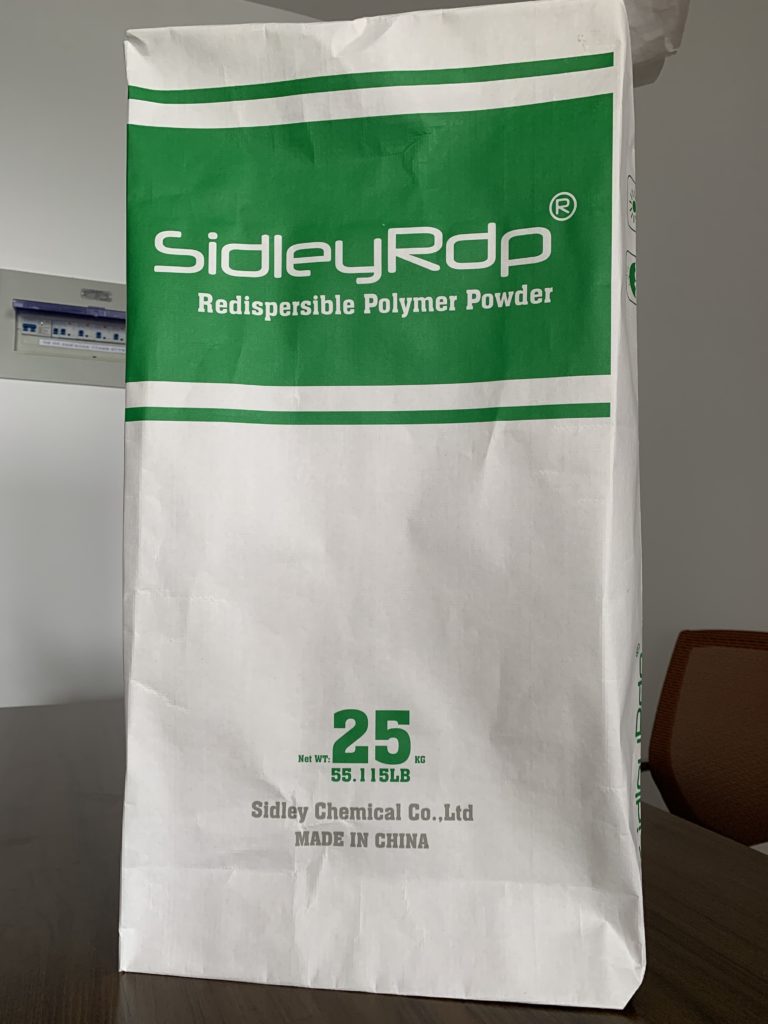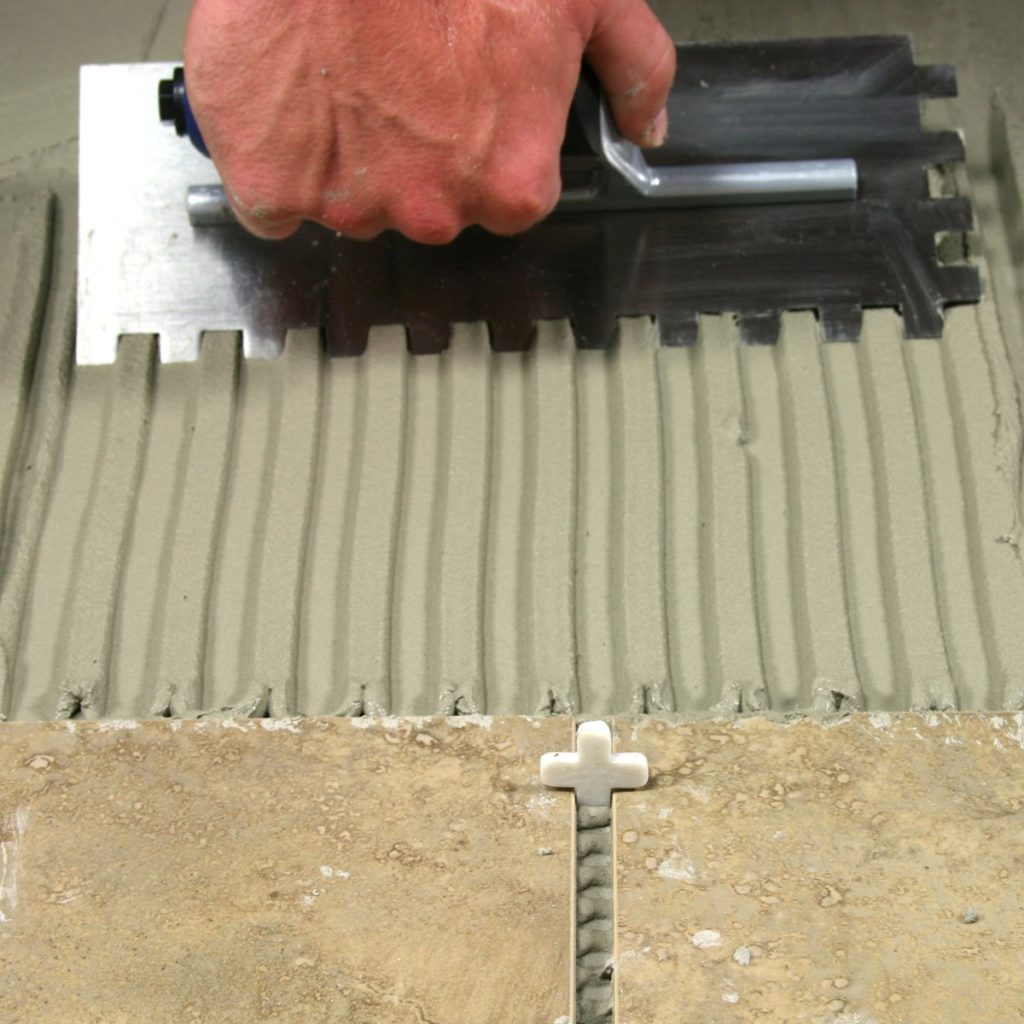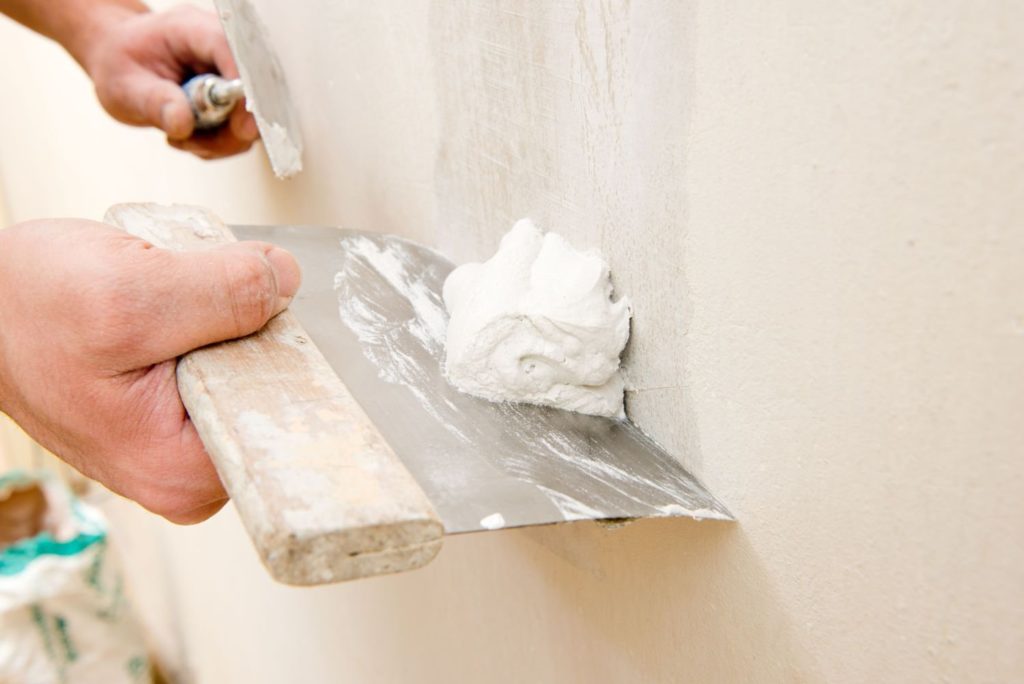
Different dry powder mortar products require different performance requirements and require dispersible polymer powder to provide suitable performance. The following focuses on the role of dispersible polymer powder in tile adhesives and mortars for exterior wall insulation polystyrene board, and briefly describes the role of redispersible powders in various major dry mortar products.
- Application of dispersible polymer powder in tile adhesive
Tile adhesive is a cement-based bonding material for tile-bonding, also known as tile adhesive. It is one of the most important varieties in dry mortar. It is the most commonly used bonding material in construction and decoration engineering. It can be used to adhere ceramic tiles and polish bricks, natural stone such as granite. The tile adhesive consists of aggregate, nitrate cement, a small amount of slaked lime and functional additives added according to the quality requirements of the product. Functional additives enhance the performance of the product from the preparation to the final application, and can be applied by a grout application process. The specially designed dry powder bonding mortar can adhere to inorganic rigid decorative blocks according to different substrates(such as wood board, cement fiber board), facing materials and various extreme weather conditions(such as humidity and temperature difference).

The use of ceramic tiles inside and outside the building has a long history. Tiles offer aesthetically pleasing surfaces and important functional advantages such as waterproofing, hard and abrasion resistant surfaces, long life, hygiene and ease of cleaning. For these reasons, tiles are a very important ground and wall covering material in the construction industry. There are ceramic tiles with high water absorption, non-frost resistant porous tiles, ceramic wall tiles with low water absorption, fully vitrified tiles with good scratch resistance, abrasion resistance and weather resistance, plus indoor and outdoor use. The market demand for tile adhesives is very large, such as various types of natural stone.
In the past, the bonding materials of ceramic tiles and stone were completely mixed with thick mortar in the field. This method is a simple cement mortar made by mixing sand and cement on site, applying the mortar to the back of the prepreg or pre-wet tile, and the mortar-coated tile is pressed onto the pre-wet surface. Then tap the tiles to ensure that the tiles have consistent flatness. Through this process, the mortar is compacted and the cement particles are introduced into the porous backside of the tile and into the porous substrates. In this way, if large decorative tiles such as stone, polished tiles must be mechanically fixed or reinforced, the mortar on the substrate needs to be reinforced after the cement is hardened. Because this simple mortar does not have sag resistance, the tiling must be from the bottom, and a locator must be used between the tiles to achieve a neat bond. This method is inefficient, requires a large amount of material, and relies on the proficiency and responsibility of skilled workers. It’s also necessary to have a different porosity for the substrate and the tile, which requires a certain period of immersion, the mortar must be mixed in the correct ratio, consistency, and the correct amount of mortar is applied to the back of the tile before tiling.

Since the mortar needs to be mechanically reinforced by this method, the construction becomes very difficult in the porous and relatively small-sized tiles, and when the large-sized low-absorption tile is pasted, it is easy to fall off, and the construction quality is difficult to ensure. The use of high-performance tile adhesives can overcome the above problems, making the decorative effect of the facing bricks more perfect, safe, quick construction, material saving, and the market prospect is very good.
